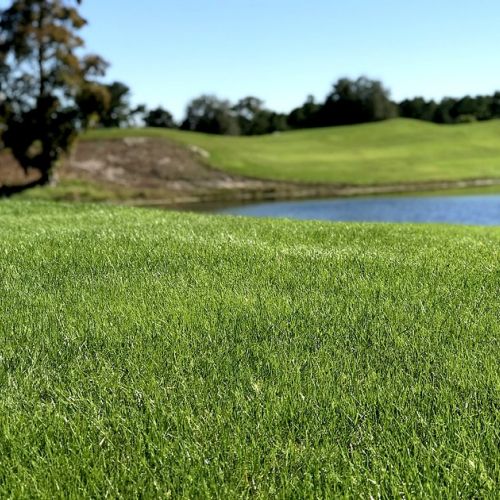Vegetable Garden: Which Mulch For Which Plant?
The use of mulch is increasingly widespread in gardens to limit water consumption and the chore of weeding. Spreading organic mulch in your vegetable garden indeed helps nourish the soil, limit weeds, reduce watering, and protect plant roots from temperature fluctuations. If you are convinced of the benefits of this technique but do not know which material to choose, you are in the right place! We will explain which mulch to use for which plant.
What materials for your mulch?
Multiple options exist for gardeners who want to mulch the soil of a vegetable garden. The most economical solutions involve collecting some green waste from the garden, such as dead leaves or grass clippings.
But be careful: not all organic materials are equal and they are not used in the same way! Dead leaves do not provide long-lasting mulch because they decompose quite quickly.
Grass clippings must be dried in the sun before they can be spread on the soil. If you don't dry them long enough or if you lay them out in too thick a layer, this organic mulch may ferment. This problem does not occur with straw which is denser and drier.
Among the materials you can collect from your garden and dry, you can also mention grass stalks like miscanthus and fern leaves. Once dried, these two materials offer effective and durable mulching.
If you have a shredder, you can also make homemade mulch with shredded woody waste. If you don't have a shredder, you will find a mulch called BRF (ramial chipped wood) in stores. Buying bags of mulch is another solution, necessarily more expensive... Besides BRF, you will find flax or hemp flakes or buckwheat husks in garden centers.
Which mulch for which plant?
If you are wondering what is the best mulch for your vegetable garden, know that the answer depends on the fruits and vegetables you plan to grow...
The various materials mentioned in the previous paragraph are more or less suitable for different vegetable crops. Some organic materials like grass clippings should be spread in a thin layer, while others can be spread in a thicker layer.
Below is a summary of the different organic materials and the vegetable plants you can mulch with:
• dried grass clippings (spread 1 to 3 cm thick): lettuce, chicory, spinach, turnips, radishes, and beans.
• straw (spread 5 to 10 cm thick): squash, carrots, melons, and strawberries.
• dead leaves (spread 5 to 20 cm thick): lettuce, chicory, spinach, turnips, radishes, cabbages, artichokes, tomatoes, leeks, and strawberries.
• dried fern leaves (spread 5 to 10 cm thick): lettuce, chicory, spinach, turnips, radishes, beans, leeks, cabbages, squash, artichokes, strawberries, as well as garlic, onions, and shallots.
• shredded woody waste or BRF (spread 5 to 7 cm thick): lettuce, chicory, spinach, turnips, radishes, beans, cabbages, squash, tomatoes, and strawberries.
• buckwheat hulls and flax straw (spread 5 to 8 cm thick): all varieties of salads.
How to properly install mulch in the vegetable garden?
Once you have selected the most effective mulch for your vegetable plants, you must verify that the soil is clean before spreading it.
If this is not the case, weed and remove all leaves and roots of the weeds without burying them. Prepare the soil by loosening it with a claw and level it by passing a rake.
Plant your vegetables if not already done, then water generously before mulching. This way, the mulch can effectively retain moisture in the soil.
Note: It is important to respect the recommended thickness for each type of mulch and to use a material suitable for your crops, particularly regarding pH. For example, only acid-loving plants accept pine or spruce needle mulch.











